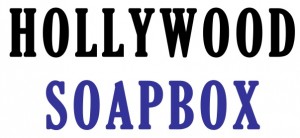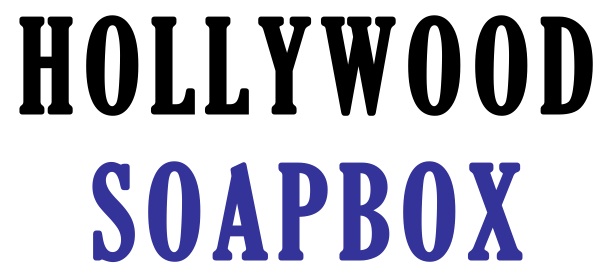‘Crosscurrents in L.A.’ moves from southern California to Berlin
 LOS ANGELES — The Pacific Standard Time cultural event is finally winding down. The unprecedented collaboration among some of the top museums in southern California put a nice exclamation point on the artistic ebullience of the past 50 years. After many months and several key exhibitions, it’s safe to say that Los Angeles and its environs did leave a lasting artistic impression; there was definite cause for celebration. Pacific Standard Time was scattered and, at times, unfocused, but its catch-all comprehensiveness allowed many voices to shine.
LOS ANGELES — The Pacific Standard Time cultural event is finally winding down. The unprecedented collaboration among some of the top museums in southern California put a nice exclamation point on the artistic ebullience of the past 50 years. After many months and several key exhibitions, it’s safe to say that Los Angeles and its environs did leave a lasting artistic impression; there was definite cause for celebration. Pacific Standard Time was scattered and, at times, unfocused, but its catch-all comprehensiveness allowed many voices to shine.
The Getty Center, which spearheaded the initiative, provided the six-month project its worthiest exhibition with Crosscurrents in L.A. Painting and Sculpture, 1950-1970. The massive collection of art objects, numbering 76 and covering more than 40 artists, gave Pacific Standard Time its backbone. Some of the best art of the 1950s, 60s and 70s were included in the showcase, which ran Oct. 1 through Feb. 5 at the Los Angeles venue and is currently running at the Martin-Gropius-Bau in Berlin through June 10.
Edward Kienholz’s Walter Hopps Hopps Hopps from 1959 features a painted wooden man whose back is covered with telephone parts and dental molds. It stood in the exhibition like a mannequin in a department store, waiting to be noticed. A nice companion piece is The Librarian by George Herms. The wooden box, featuring papers, books and accompanying stool, looks like a chaotic desk from a newspaper’s office.
Ed Ruscha’s Standard Station, Amarillo, Texas from 1963 is a perfect rendering of the iconic artist’s trademark. A gas station’s roof and sign cut the painting in half like a surgical knife. We’re left with Americana on the bottom left of the oil on canvas, and nothingness on the top right. If any solitary artist shined brighter than the others in Pacific Standard Time, it would have to be Ruscha.
Karl Benjamin’s Stage II from 1958 welcomed further exploration. The colorful images, almost looking like a warped tessellation or funky 1960s living room decor, have a psychotically entrancing effect. A similar reaction is felt from Billy Al Bengston’s 1961 piece, Sonny, which features a hazy ring around a central shape, all set to the background of a dreamy orange.
The exhibit showed no discrimination for both size and context. Portraits and sculptures filled the halls of the Getty Center’s special exhibition space, and the well-known artists (Ruscha and company) hung comfortably next to their lesser-known cousins. Totality was the goal of this exhibition. Some of the best works came from Peter Alexander, Vija Clemens, Melvin Edwards and Ken Price.
Crosscurrents made Pacific Standard Time a must-experience. It gave the expansive project a centering point, a reason for existing in the first place. Much like the rest of the exhibits on display around town, the Getty’s contribution didn’t look to define specifics about the burgeoning artistic movement, but, instead, simply put them together for public inspection. It was up to us, the ever-scrutinizing public, to make the connections, to see the common thread.
By John Soltes / Publisher / John@HollywoodSoapbox.com
-
Crosscurrents in L.A. Painting and Sculpture, 1950-1970 is currently running at the Martin-Gropius-Bau in Berlin through June 10. Click here for more information.

